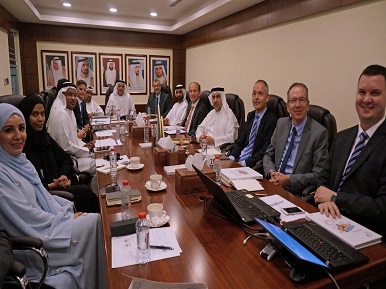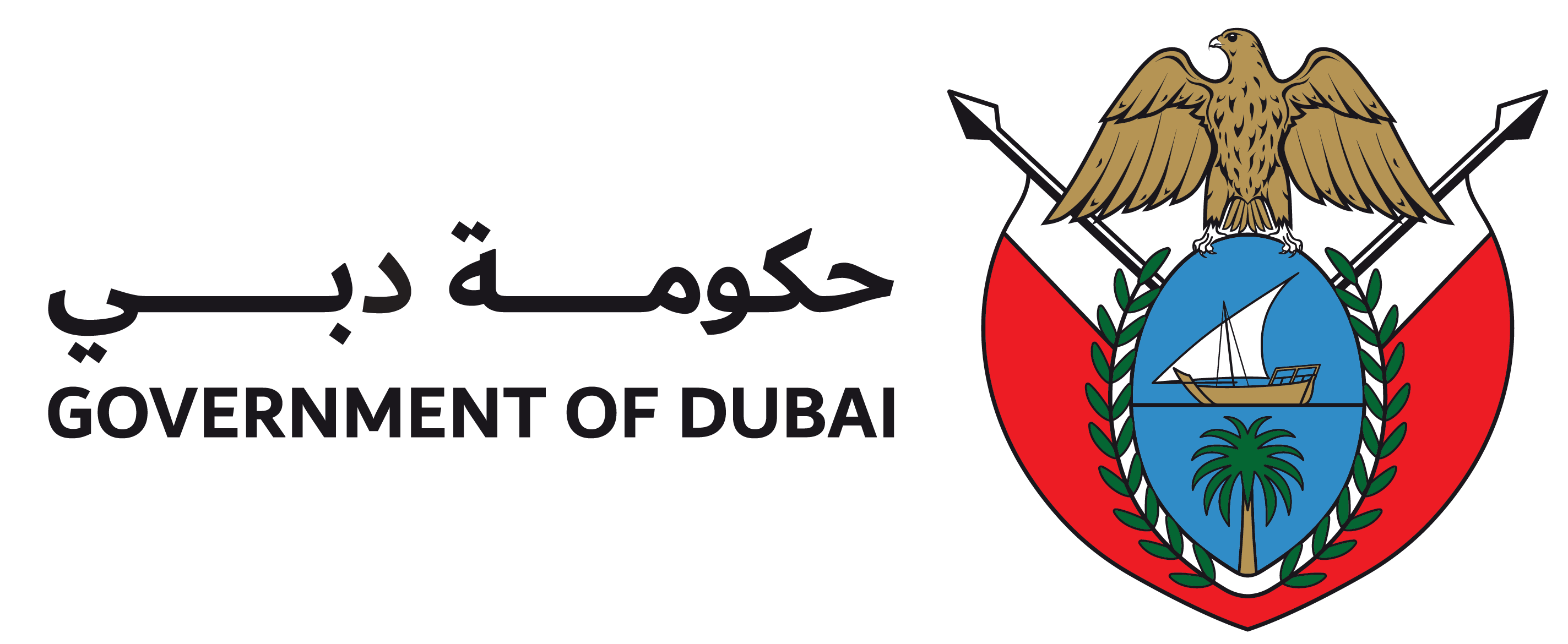Energy Demand Side Management Executive Committee in Dubai reviews savings over the past five years

The Energy Demand Side Management Executive Committee of the Dubai Supreme Council of Energy highlighted savings achieved during 2015, and over the last 5 years, which have exceeded set targets. During its 13th meeting, the committee also reviewed the Saa’fat rating system for green buildings, which is aligned with the Dubai Integrated Energy Strategy 2030 and the implementation plan to reduce demand by 30% in Dubai by 2030.
The Committee’s meeting was held at the Dubai Supreme Council of Energy’s headquarters in Dubai, and was chaired by HE Ahmed Buti Al Muhairbi, Secretary General of the Dubai Supreme Council of Energy and Chairman of the Energy Demand Side Management Executive Committee. The meeting was attended by Yousef Jebril, Executive Vice President of Power and Water Planning at Dubai Electricity and Water Authority (DEWA) and Vice Chairman of the Committee, Graeme Sims, Executive Director of the Regulatory and Supervisory Bureau for Electricity and Water in Dubai, Ali Al Jassim, Acting CEO of Etihad ESCO, Faisal Ali Rashid, Director of Demand Side Management at the Dubai Supreme Council of Energy, Samer Khoudeir, Chief Sales & Marketing Officer at Empower, Shamma Al Rahmah, Manager of Business Planning and Performance Management at Emirates National Oil Company (ENOC), Mustafa Alyousuf, Member of the Regulatory and Supervisory Bureau for Electricity & Water in Dubai, and Nazim Faisal, Director of Roads Maintenance at the Roads and Transport Authority (RTA).
“The Energy Demand Side Management Executive Committee works in adherence with the vision of His Highness Sheikh Mohammed bin Rashid Al Maktoum, Vice President and Prime Minister of the UAE and Ruler of Dubai, to transform Dubai into a global hub for clean energy and green economy. The committee also works to achieve the Dubai Clean Energy Strategy 2050, which shapes the energy sector in Dubai over the next three decades by establishing a sustainable model in the efficiency of energy production and use, and supporting economic growth without damaging the environment and natural resources. This contributes to making Dubai the city with the lowest carbon footprint in the world by 2050,” said HE Saeed Mohammed Al Tayer, Vice-Chairman of the Dubai Supreme Council of Energy.
“We are pleased with the results achieved over the last year, which have surpassed our targets included in the framework of the demand side management programmes to achieve the demand-side management strategy,” added Al Tayer.
“2015 brought us even closer to achieving our goal of reducing energy and water demand by 30% by 2030. Most programmes have achieved large savings, as we move from experimental phases into executive phases on a large scale. By the end of this year, we will present our results related to the targets. Savings are expected to be about 5% in energy and around 3.5% in water, compared to business as usual,” said Al Muhairbi.
The Dubai Supreme Council of Energy launched the Demand Side Management Strategy in June 2013. The Energy Demand Side Management Executive Committee oversees implementing the strategy, and supporting all participating organisations. The strategy has 9 main programmes that contribute to the sustainable development of Dubai. These include: green-building regulations, retrofitting of existing buildings, district cooling, wastewater reuse, laws and standards to raise efficiency, energy-efficient street-lighting, and the Shams Dubai initiative to enable building owners to install photovoltaic panels to generate electricity and connect it to DEWA’s grid.
The Demand Side Management Strategy uses enabling mechanisms in line with international best practices and similar programmes implemented globally. These include organisations, capacity-building, public awareness and appropriate policy and regulatory frameworks, information systems and measurement, and suitable funding mechanisms for Dubai.


